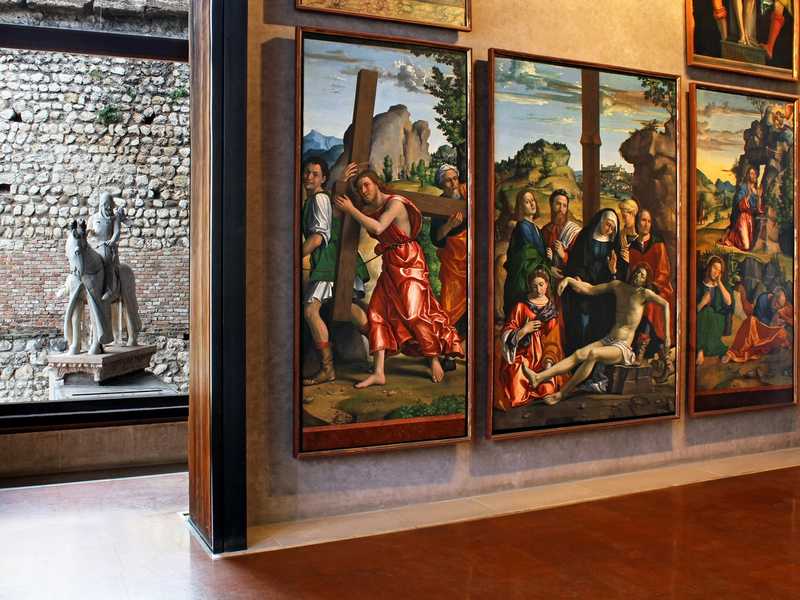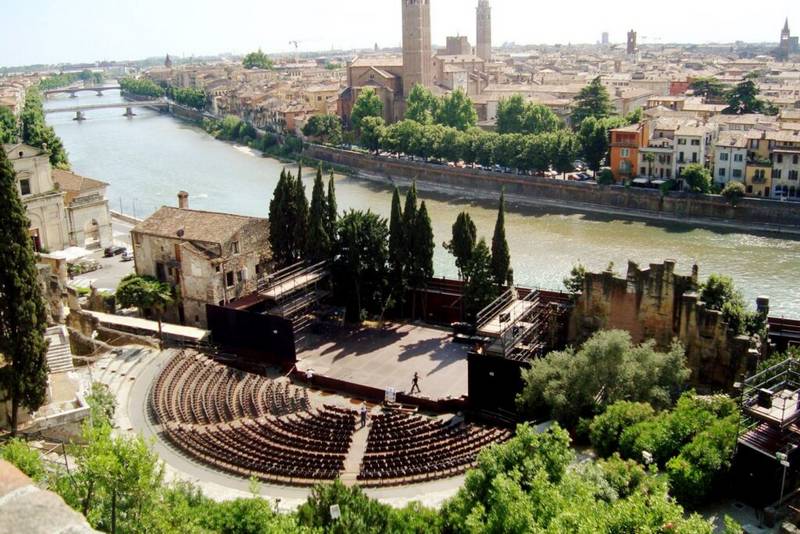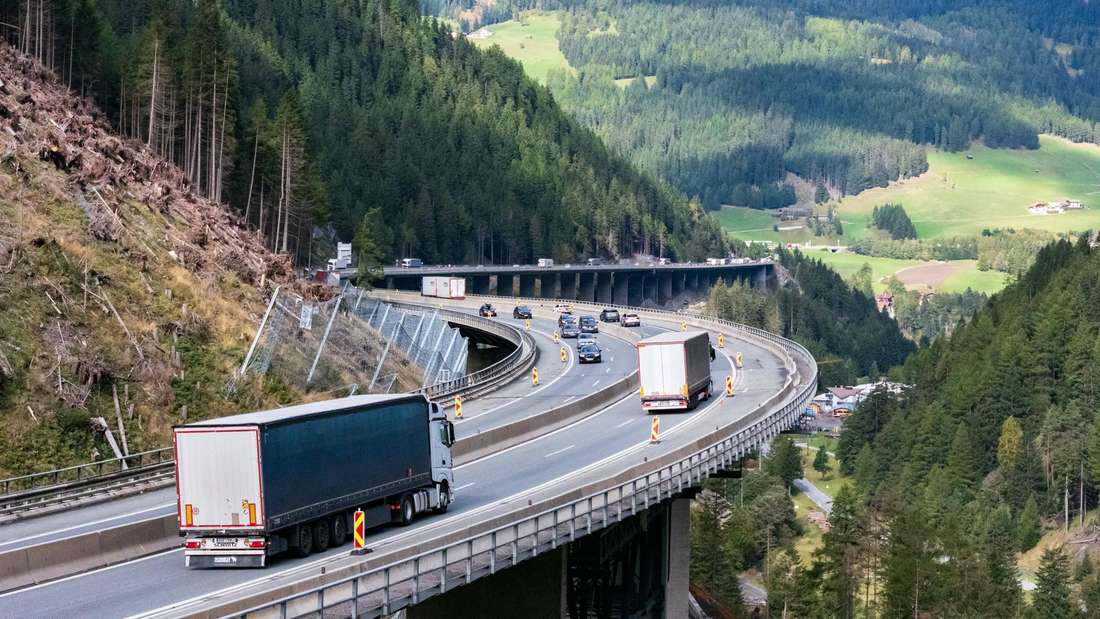Mappa
A- CUSTOZA WINE- WINERY OF CUSTOZA
B- BATTLES OF CUSTOZA – OSSUARY MUSEUM
C- BORGHETTO OF VALEGGIO SUL MINCIO
D- CASTLE OF VALEGGIO
E- BRIDGE OF VALEGGIO
F- SANCTUARY MADONNA DEL FRASSINO
G- LAKE FRASSINO
A. CUSTOZA WINE- WINERY OF CUSTOZA
Custoza white wine is one of the most important DOC wines of the area bordering the south center of Lake Garda, the beginning of the Po Valley and the city of Verona.
Straw yellow in color, sometimes with green or golden reflections and with a delicately fruity (crisp white and yellow fruit) and floral bouquet, slightly aromatic, Custoza is produced with autochthonous varieties of Garganega, Trebbianello and Bianca Fernanda grapes, also other grapes cultivated in the area.
With a sapid taste, delicately smooth, with a good body, sometimes pleasantly almondy in the finish, it is an easy wine to the palate which can be easily matched to many dishes and it has a good capacity of refining over time.
B. BATTLES OF CUSTOZA – OSSUARY MUSEUM
This area of the lower lake is also important, as a place where two important battles took place during the wars of Italian independence.
On July 25, 1848 the Austrian general Radetzky defeated the army of king Carlo Alberto of Savoy.
June 24, 1866 Archduke Albert of Hapsburg-Teschen defeated the Royal Italian Army, led by General Alfonso La Marmora. The Austrian army suffered the loss of 7 956 units (out of 75 000 effectives) against the 7 391 losses of the Italian army (out of 50 000 effectives).
To memory of such war episodes it rises an ossuary in the near of the town, which, inaugurated from Amedeo di Savoia duke of Aosta the 24 june of 1879, contains the rests of all the Italian soldiers, Austrians, and French, dead during the aforesaid battles of the Italian Wars of Independence.
The small rooms of the former janitor’s house have been revised to house the new museum rooms. The visitor moves among the rooms among the faces and the names, the times and the places of the battle.
Waiting for the visitor in two rooms are some direct witnesses of the stories told there: two generals, a young officer destined to become one of the most beloved writers of post-Risorgimento Italy (Edmondo de Amicis), a country priest and an influential architectural theorist.
It is they who accompany, as true guides, the discovery of the facts and circumstances of those historical events.
C. BORGHETTO OF VALEGGIO SUL MINCIO
Situated in the place where since ancient times (and then in the Longobard era) the Mincio river was forded, in the high Middle Ages it was a small settlement with the function of toll collection on the wooden bridge.
At the time Scaligero and Visconteo dates back its transformation into a fortified village, with two gates and a polygonal circle of walls with towers, surrounded by a moat that draws water from the Mincio.
In addition to the viscount bridge in Borghetto there are the characteristic buildings with water mills, some wheels of which have been put back into operation, and the parish church of 1700 dedicated to St. Mark the Evangelist built on the ruins of a small Romanesque church of the ancient monastery of Santa Maria of the eleventh century.
The building is flanked by the bell tower of the Scaligera age, which contains a bell dating back to the year 1381 (one of the oldest in the Verona area).
D. CASTLE OF VALEGGIO
This area represented one of the safest points for crossing the river Mincio at a time when the river marked the border of the Holy Roman German Empire.
When the Scaligeri family took control of power in Verona in 1262 the castle was built on what remained of the ancient defensive walls destroyed by an earthquake in 1117.
Over the years the castle became part of a defensive walled complex composed of moats and crenellated walls called “Serraglio Scaligero” about 16 km long.
The part currently open to visitors was originally called the “Rocca” and was accessed by two drawbridges. A third bridge, the only one still in existence, led to the largest part of the complex, called the “Castle” of which only the ruins of the perimeter walls remain.
E. BRIDGE OF VALEGGIO
After the Black Plague, the Scaligeri were defeated by the Duke of Milan Gian Galeazzo Visconti who, taking possession of this entire fortified area, had the dam-bridge built between 1393 and 1395 with the aim of guaranteeing the impenetrability of the eastern borders of the duchy and of forming a dam to block and divert the waters of the Mincio from its normal course towards Mantua.
The global work that required a further excavation of the hill was never completed and the bridge, 650 m long and about 21 m wide, kept the only function of passage on the river and water channeling.
F. SANCTUARY MADONNA DEL FRASSINO
In the place where in May 15, 1510 a small statue of the Virgin Mary appeared to a peasant, were erected over time a church and a convent of Friars Minor.
Built between 1511 and 1514 in Renaissance style, the architectural structure of the church consists of a single nave, embellished with 8 side altars and 2 chapels.
The simple gabled facade has undergone many transformations over time, and while the lower portion has remained unchanged, the upper portion has been renovated three times during the twentieth century (the last in 1968) and today shows in the central part a circular rose window.
The convent, built with the approval of Pope Leo X (January 14, 1518), is leaning against the Sanctuary, enclosed in two simple cloisters, which are presented in the purity and linearity of the sixteenth century. The two cloisters were frescoed a century later. Walking in the peace of the cloisters, the numerous ex-votos, hanging on the walls, tell of the humble and filial gratitude of the many people who have received graces from the Madonna del Frassino.
G. THE LITTLE FRASSINO LAKE
Lake Frassino is a small lake of glacial origin located in the hinterland of the municipality of Peschiera del Garda, between the villages of San Benedetto di Lugana and Broglie.
The size of the lake basin is around 75/80 hectares, for a length of 770 m and a width of 380 m. The maximum depth is 15 meters.
The little lake of Frassino is a biotope of European importance and a protected natural oasis for its faunistic and floristic peculiarities.
In the oasis have been reported many species of birds, at least 160, of which about forty nesting, but the pond is especially important as a safe place for diving ducks in the winter months, especially the pochard and the tufted duck.The surrounding humid land is rich in important floristic species: in addition to the marshy shrubs and the reeds, there is also a rare lowland forest with ancient poplars and willows that allows the survival of various animal species, among which the Frog of Lataste (Rana latastei), a threatened species in extinction.











































